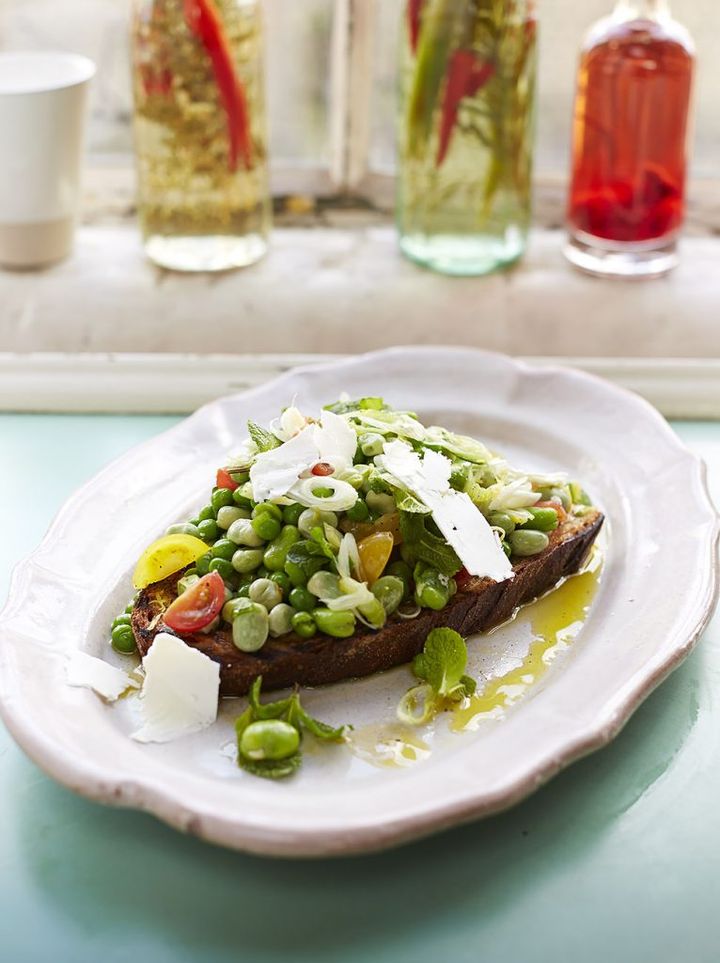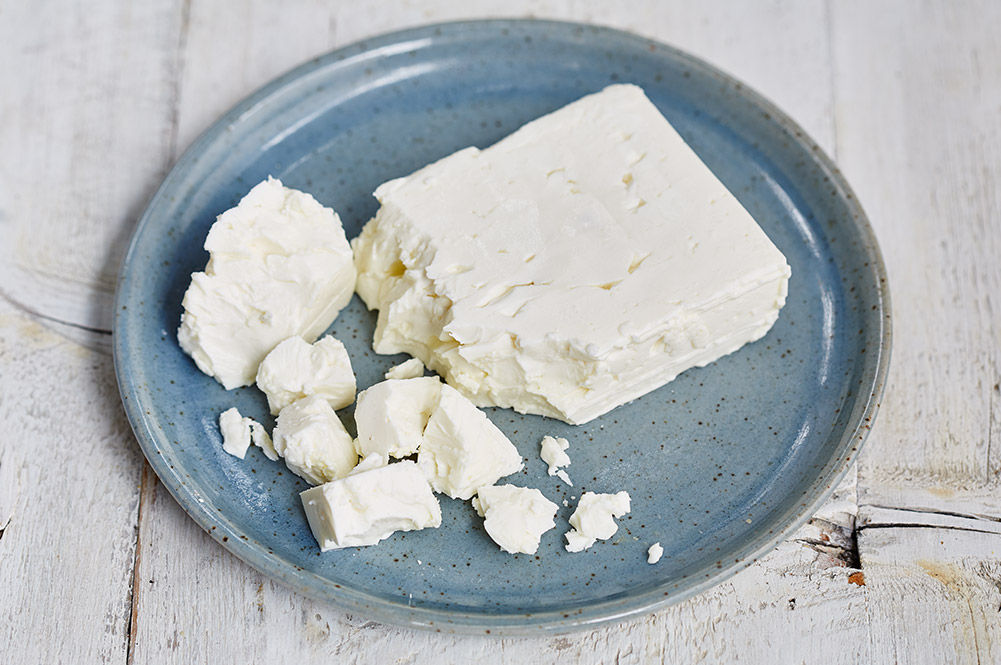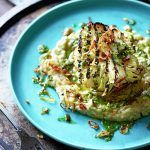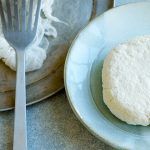Cheese is a wonderful ingredient. It’s flavoursome, there are near endless varieties, and it can transform even the most basic ingredients into something magical.
However, cheese often gets a bad rap due to its high levels of saturated fat – the type of fat associated with high cholesterol and an increased risk of heart disease. This is a good reason to keep an eye on cheese intake, but cheese also contains a number of essential vitamins and minerals, as well as being an excellent source of protein for vegetarians.
The key to successfully including cheese in a healthy diet is to use it sparingly – depending on what else is in a meal and the type of cheese in question, the recommended portion size is around 30g per adult. Those who find it difficult to stick to this guidance should go for cheeses that are naturally lower in fat, such as ricotta and cottage cheese. Most hard cheeses have between 18-22g of saturated fat per 100g, however ricotta only has around 6g of saturated fat per 100g.
A high salt content is another reason for cheese’s bad name among the health conscious. However, this is no reason to avoid cheese outright – just don’t go overboard. A top tip is to use salty cheeses (like feta) as seasoning for a meal instead of added salt – crumble a little feta over a frittata and you’ll see what we mean.
Why feta is brilliant
Feta is a cheese made from sheep’s and/or goat’s milk. It is brined (kept in salty water), which gives it a uniquely salty taste and a crumbly, creamy texture. Feta is also traditionally Greek, and actually has to be from a specific region in Greece to bear this name, but similar cheeses are made the world over.

Its wonderfully crumbly texture makes feta a delicious and distinctive ingredient. It’s often served in filo pastry parcels, in omelettes, or crumbled over dishes – try using it to top off a classic Greek salad, or a lush, summery version of beans on toast. But is it a good thing to include in a healthy diet? Thankfully, yes – and here’s why.
One of the benefits of cheese is that it is a high-protein non-meat foodstuff, making it a great addition to vegetarian diets. In feta specifically, almost a quarter of its total calories come from protein, with a small 30g portion providing roughly 10% of the protein needed for one day.
And feta is packed with essential micronutrients. It is especially high in the mineral chloride, which the human body needs to produce hydrochloric acid in the stomach, allowing it to digest and break down food.
Feta also has the double bonus of being high in both phosphorus and calcium, the two minerals that make up the matrix of bones and teeth. Needless to say, both are essential for helping to keep teeth and bones strong and healthy.
Vitamin B12 is another micronutrient found in feta cheese, and one the body uses for many different functions. One of these is keeping its metabolic system healthy, without which we wouldn’t be able to get the energy we need from the food we eat.
Goat’s milk and cheese
Goat’s milk is an essential ingredient in that wonderful feta.
A 200ml portion of goat’s milk will provide protein, and also essential micronutrients such as calcium, phosphorus and chloride. Milk also has a high water content and helps to hydrate the body. The protein and lactose found in milk make it a good post-exercise drink choice – the protein will helps muscles to rebuild and repair, and the lactose will help to replace muscle glycogen (muscle energy) lost during exercise. But will drinking the milk on its own be healthier than eating it in cheese?
In fact, no! Goat’s milk has rennet added to it, and the main protein (casein) is left to become solid (coagulate) before the remaining liquid (whey) is drained and salt is added. This means that in terms of nutrient density, per 100g, feta is actually much more nutrient dense. However, it is also higher in fat, making portion size all the more important.
With any healthy diet, balance is key. Thankfully, cheese definitely has a place in a healthy diet, so please try the recipes below for inspiration on how to include cheese in a healthy diet!
For more help becoming the best you can be, join our Healthier Happier You community and order your copy of Jamie’s Everyday Super Food!























